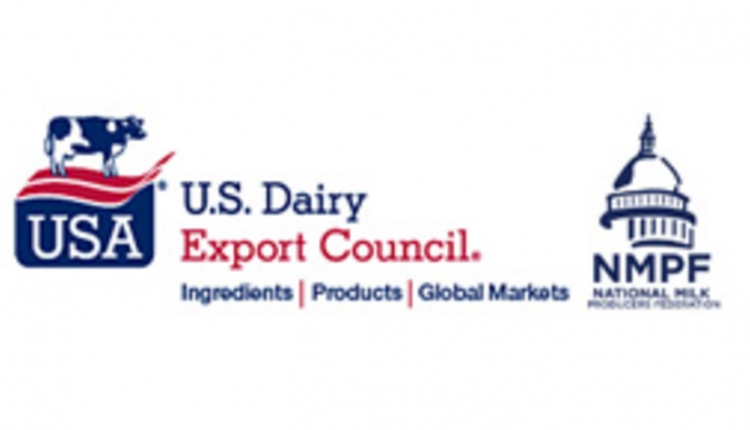As printed in our March 10, 2018 issue . . .
NEAR-TERM FUTURES CLIMBED 15 cents through February trading to reach a $14.55 average for March to August Class III contracts, with a low of $13.84 for April to a $15.61 high for August. For the final four months, contracts averaged $16, up 20 cents since early February.
AS STRONG MILK FLOW PERSISTS, especially in the Midwest, spot loads of milk continued to sell for a discount at $1 to $3 under Class III.
JANUARY MILK CLIMBED 1.8 PERCENT despite low milk prices. Colorado led all gainers, up 10.4 percent. California also rose 2.2 percent while Wisconsin grew 0.4 percent. Only three states reduced flow.
DOMESTIC SALES ROSE ONLY 0.3 PERCENT last year following three years of solid growth. In 2016, dairy product sales had climbed 3.3 percent. Overall, sales fell in all categories except American-type cheese, butter, and lactose, according to USDA’s Economic Research Service.
CLASS I OR FLUID USE across all federal orders fell to 30 percent last year. Class II (yogurt and soft products) slipped to 13 percent. Meanwhile Class III (cheese) soaked up 41 percent, while Class IV (butter and dry products) showed the strongest growth climbing to 15 percent.
COWS COULD AVERAGE 26,205 POUNDS of milk in 10 years, predicted USDA economists. The national dairy herd could slowly climb by 150,000 head to reach 9.545 million during that time. That would cause the total U.S. milk supply to grow 15.9 percent and reach 249.1 billion pounds.
IMPROVEMENTS TO MPP-DAIRY enacted by Congress in early February substantially reduced premium costs on the first 5 million pounds of milk (See page 152). Even so, Representative Collin Peterson (D-Minn.) believes more could be done in the next farm bill.
FOR STARTERS, $9.50 COVERAGE, versus the $8 threshold, could be one change. Additionally, he would like to update feed-cost calculations.
MILK QUALITY IMPROVED as somatic cell counts (SCC) dropped to 197,000 cells last year among herds on Dairy Herd Information Association (DHIA) testing programs. Ten years ago, SCC had been 262,000.
A RECORD LOW 0.011 PERCENT of pick-up tanker milk loads tested positive for antibiotics . . . 356 out of 3.4 million samples. In those rare instances, milk was discarded and did not enter the food chain.
LABOR COSTS ROSE 7.2 PERCENT last year among a select group of 36 routinely surveyed New York dairy farms that averaged 953 cows per herd, reported Cornell and Pro-Dairy specialists. While the state’s unemployment rate has been falling, New York also raised its minimum wage.
A $20 MILLION EXPANSION at Idaho’s Magic Valley Quality Milk Producers will enhance ultrafiltered milk, condensed milk, and cream processing.
In your next issue!
COWS’ MILK CONTINUES TO LOSE GROUND TO PLANTS.
Even though fluid milk sales from cows’ milk is down, 89.7 percent of households who bought plant-based analogs also bought cows’ milk.
WATER WHERE THEY WANT IT.
A barn must provide cows with easy access to water, one of a ration’s most valuable components.
ULTRASOUND SHOWS US WHAT WE’RE MISSING.
Pneumonia detection in calves just got easier with the use of an ultrasound machine . . . the same one used to pregnancy check cattle.









